
Naturally Beautiful: Transform Your Garden with Native Plants
Gardening with native plants is a rewarding practice that harmonizes the beauty of natural landscapes with the ecological needs of local wildlife. Native plants, are those that have evolved naturally within a specific region. For home gardeners, they offer a sustainable and low-maintenance alternative to exotic flora. By incorporating these indigenous species into gardens, gardeners can create thriving habitats that support local pollinators, conserve water, and reduce the need for chemical fertilizers and pesticides. This approach increases biodiversity and strengthens the resilience of local ecosystems, providing a sanctuary for plants and animals alike. Embracing native plants in gardening is a step towards a more balanced and environmentally friendly way of nurturing our natural surroundings.
Table of Contents
Achillea millefolium – Yarrow
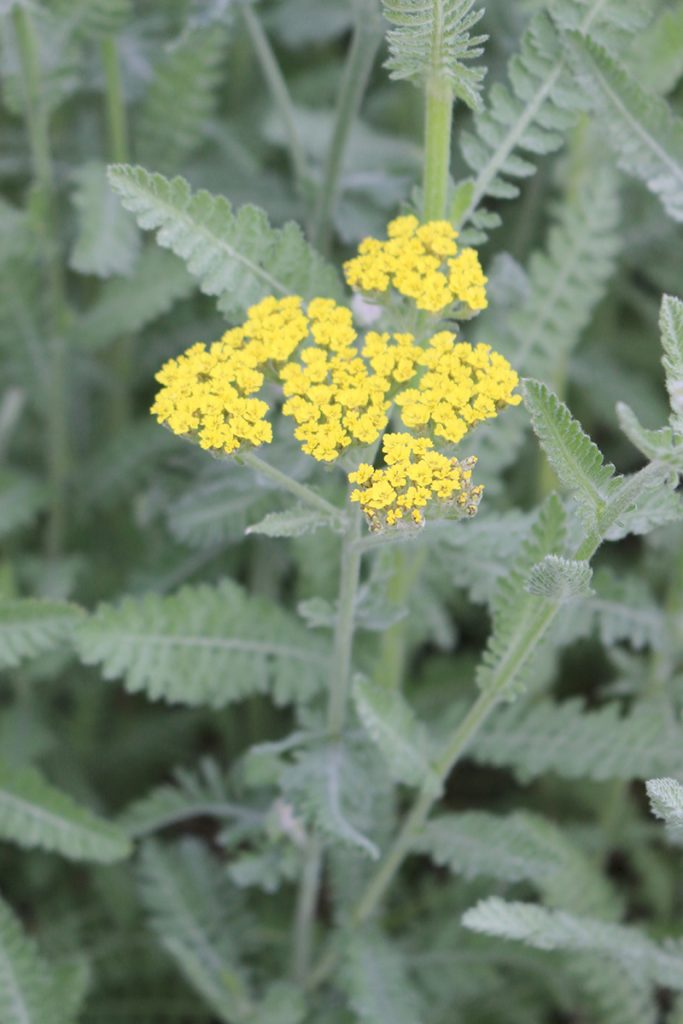
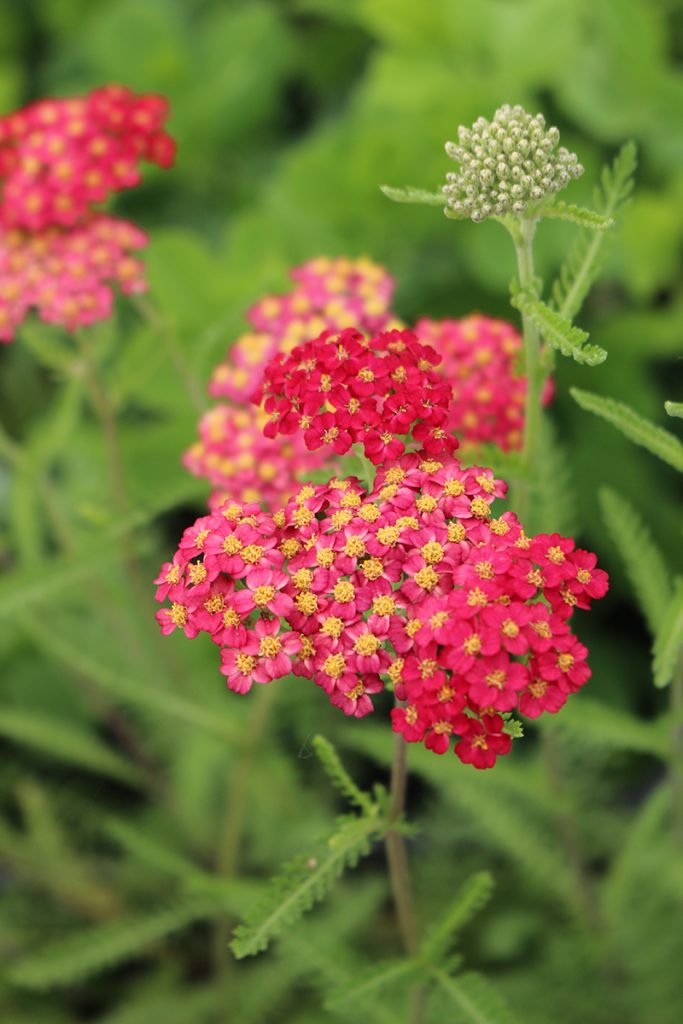
Achillea millefolium, commonly known as yarrow, is a versatile and hardy perennial native to temperate regions of the Northern Hemisphere. Renowned for its feathery, fern-like foliage and clusters of small, flat-topped yellow, white to pink flowers, yarrow is a favourite among gardeners and pollinators alike. This resilient plant thrives in full sun to partial shade, is hardy to zone 2 or 3, and is highly drought-tolerant once established, making it an excellent choice for low-water landscapes. Beyond its ornamental appeal, Achillea millefolium has a rich history in traditional medicine, valued for its anti-inflammatory and wound-healing properties. In the garden, it serves not only as a visual delight but also as a vital component of ecological balance, attracting beneficial insects such as bees and butterflies while deterring pests. Incorporating yarrow into a garden design enhances biodiversity and contributes to a healthy, sustainable environment.
Asarum – Wild Ginger
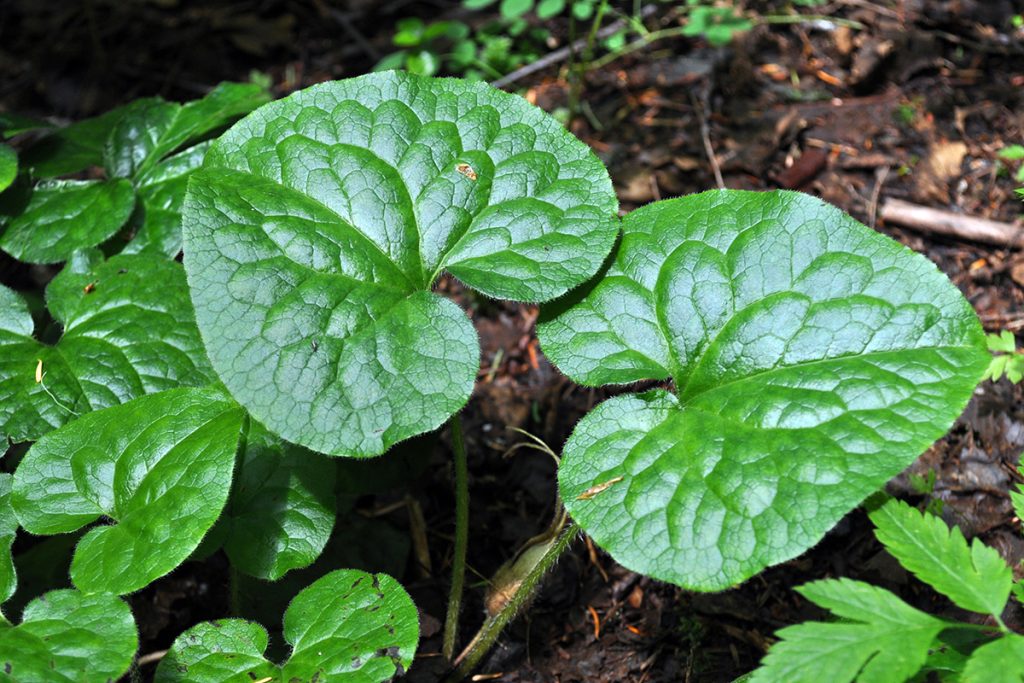
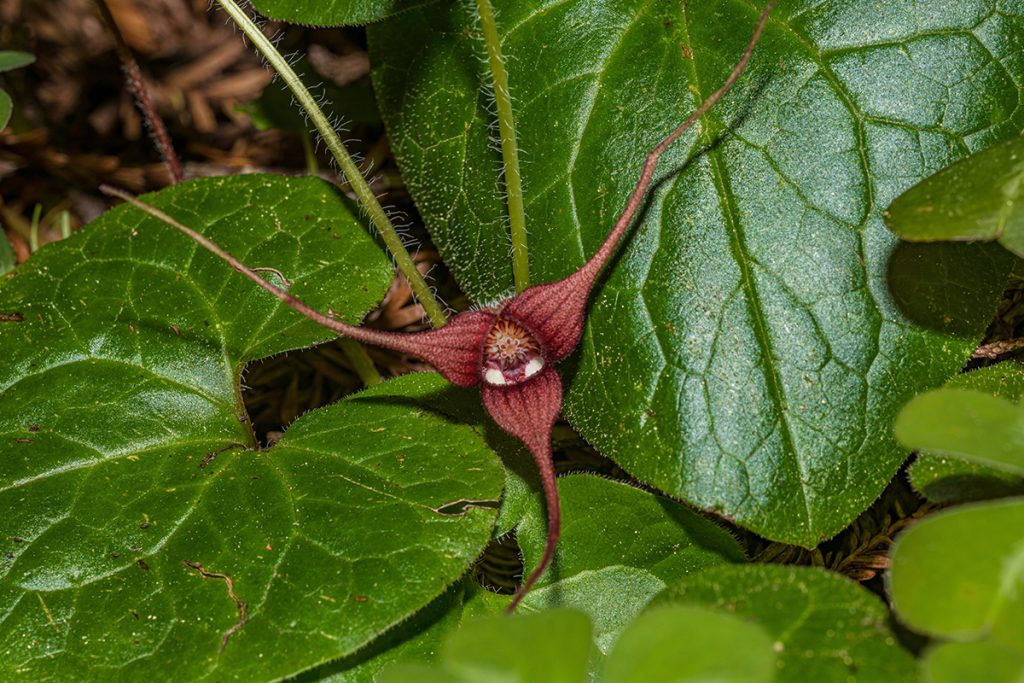
Asarum, commonly known as wild ginger, is a charming native plant that thrives in the shady understories of forests and gardens across North America, Europe, and Asia. This low-growing perennial is prized for its attractive, heart-shaped leaves that create a lush, green carpet in woodland gardens. Hardy to zone 3, in spring, Asarum produces small, inconspicuous flowers that nestle beneath its foliage, often hidden from view but intriguing upon discovery. Wild ginger prefers moist, well-drained soils rich in organic matter, making it an ideal ground cover for shaded areas where other plants might struggle. Its leaves emit a subtle, spicy aroma when crushed, reminiscent of culinary ginger, though it is not related to the ginger commonly used in cooking. Asarum plays a crucial role by providing habitat for small wildlife and acting as a host plant for certain butterfly larvae. Incorporating wild ginger into a garden adds lushness to gardens and supports the health of your backyard ecosystem.
Athyrium felix-femina – Lady Fern
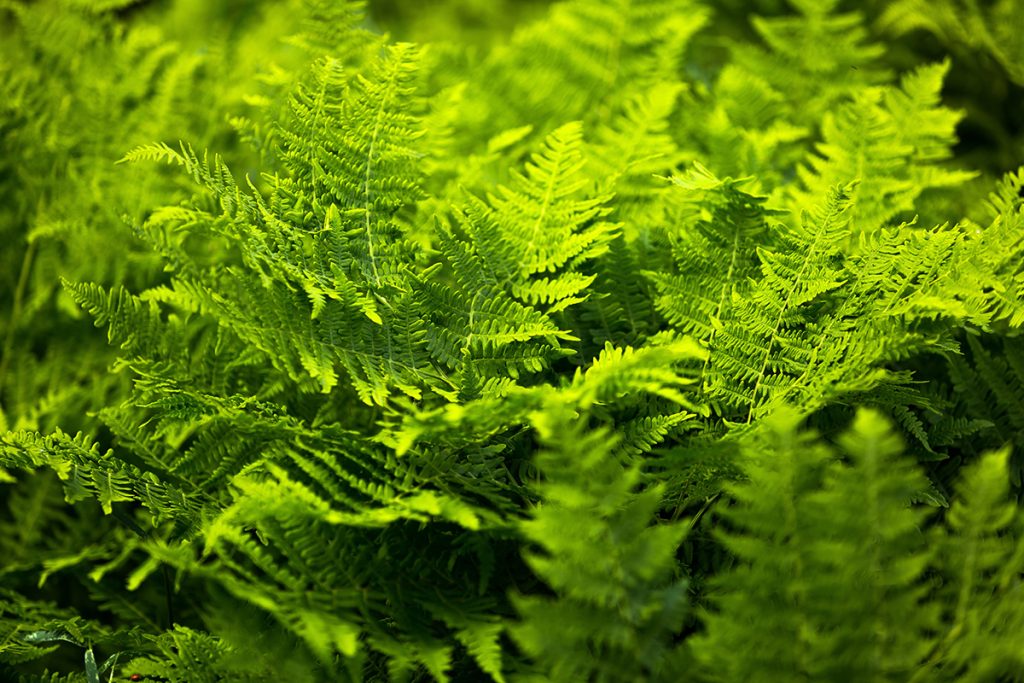

Athyrium filix-femina, commonly known as lady fern, is a graceful and elegant native plant that adds a touch of timeless beauty to gardens and natural landscapes. This deciduous fern is distinguished by its delicate, finely divided fronds, creating a soft, feathery texture. Native to the temperate regions of the Northern Hemisphere, lady fern thrives in shady, moist environments, making it an excellent choice for woodland gardens, shaded borders, and alongside streams or ponds. Its ability to adapt to various soil types, provided there is adequate moisture, makes it a versatile addition to many garden settings. This fern is hardy to zone 3 and the fronds can grow up to three feet long. Beyond its ornamental value, Athyrium filix-femina contributes to ecological balance by providing habitat and cover for small wildlife and also helps to prevent soil erosion with its dense root system. By incorporating lady fern into a garden design, gardeners can enjoy its lush, green presence while supporting the health of their local habitat.
Dicentra formosa – Bleeding Heart
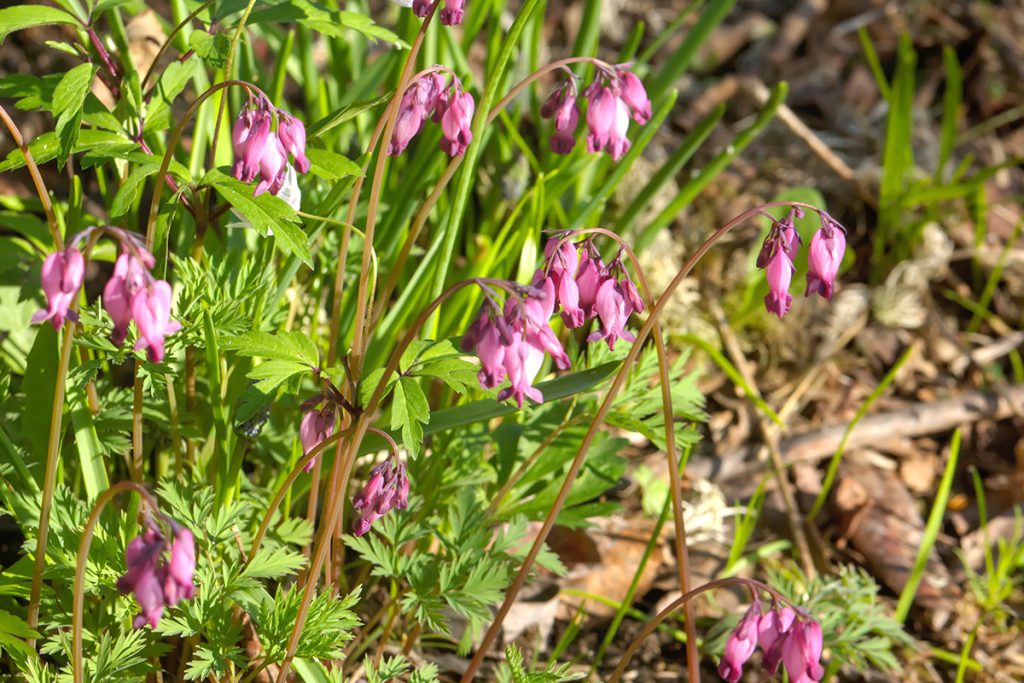
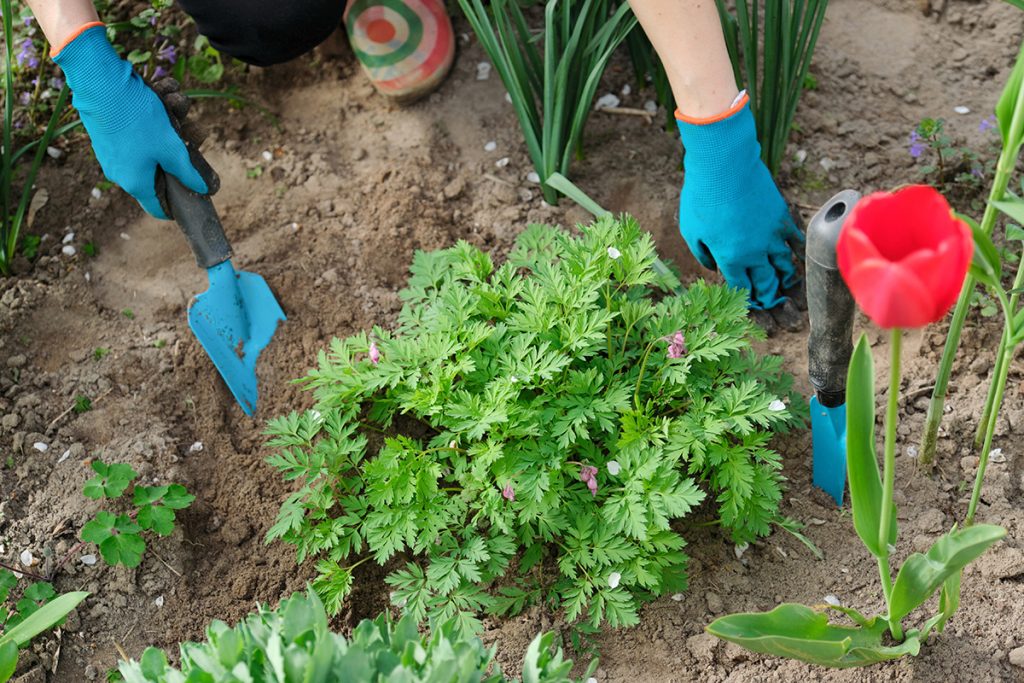
Dicentra formosa, commonly known as western bleeding heart, is a delicate and enchanting native plant found in the woodlands and shady areas of western Canada. This hardy to zone 3 perennial creates a captivating display in the spring and early summer with its unique, heart-shaped pink to purple flowers that dangle gracefully from arching stems. The finely divided, fern-like foliage of Dicentra formosa adds to its ornamental appeal, providing a soft, textured backdrop in shaded garden areas. Preferring moist, well-drained soils and partial to full shade, this plant is an excellent choice for woodland gardens and deep-shaded borders. Beyond its beauty, western bleeding hearts play an essential role in local ecosystems by attracting pollinators such as bees and butterflies. It is also deer-resistant, making it a practical addition to garden areas where wildlife grazing is a concern. Incorporating Dicentra formosa into a garden design develops visual interest and adds complexity to support and promote flourishing and sustainable landscapes.
Geum triflorum – Prairie Smoke
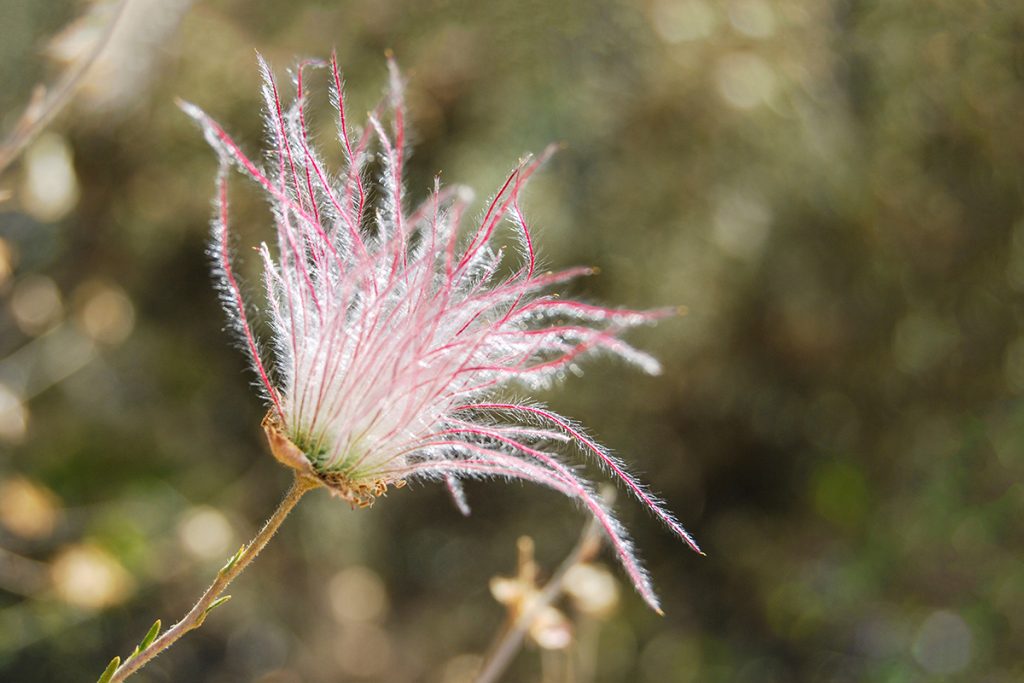
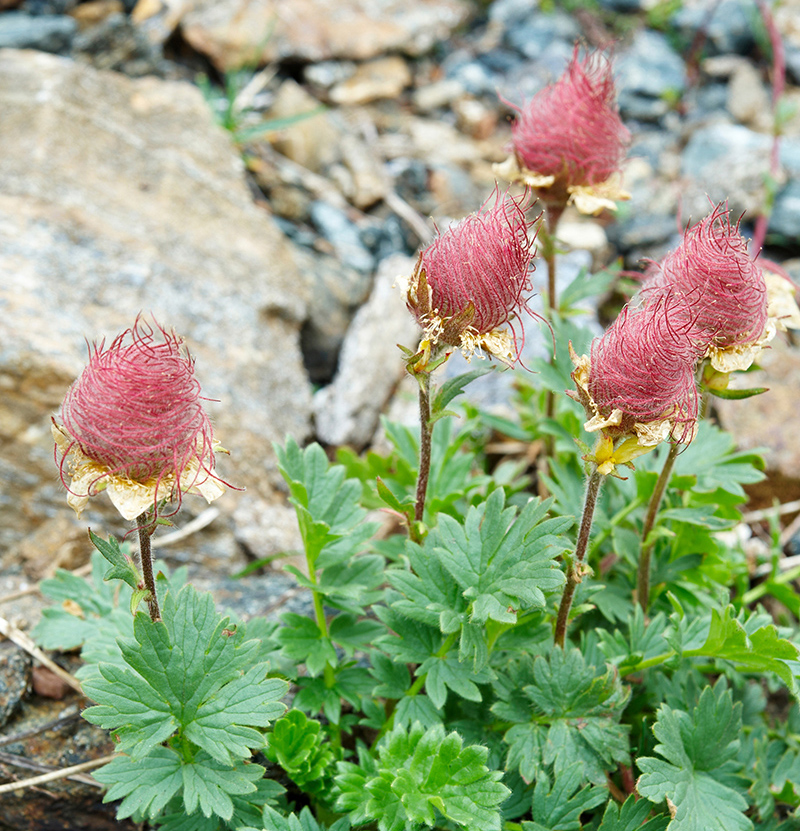
Geum triflorum, commonly known as prairie smoke or old man’s whiskers, is a captivating native plant that graces the prairies and open woodlands of North America. This perennial herb is celebrated for its unique, feathery seed heads that resemble puffs of smoke or wispy beards, adding an ethereal quality to the landscape. Before setting seed, Geum triflorum produces nodding, bell-shaped flowers in shades of pink and purple, which attract a variety of pollinators including bees and butterflies. This hardy to zone 3 plant thrives in well-drained soils, in full sun to partial shade locations, making it an excellent choice for rock gardens, wildflower meadows, and naturalistic landscapes. Beyond its visual appeal, prairie smoke plays a significant role in supporting local biodiversity, providing nectar and habitat for pollinators. Its deep root system helps stabilize soil and prevent erosion, contributing to the health of its native ecosystem. Incorporating Geum triflorum into garden designs not only increases their beauty but also improves habitat resilience.
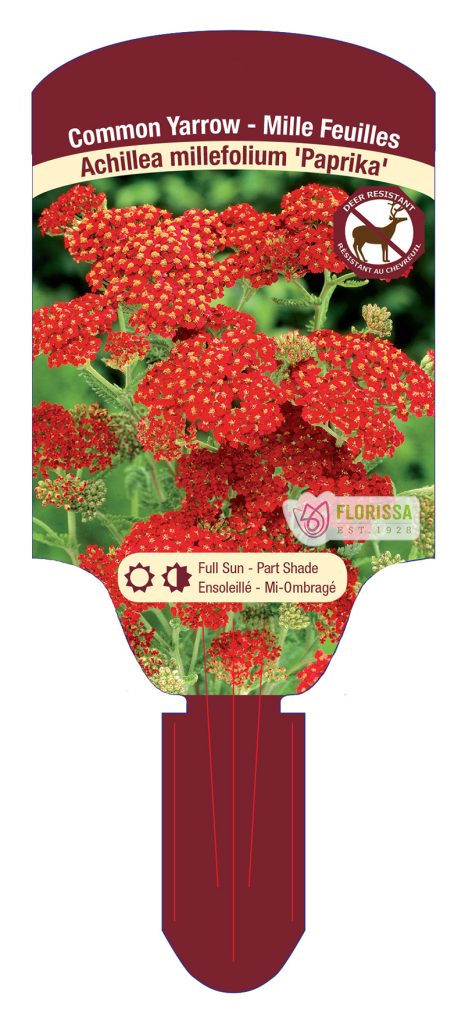
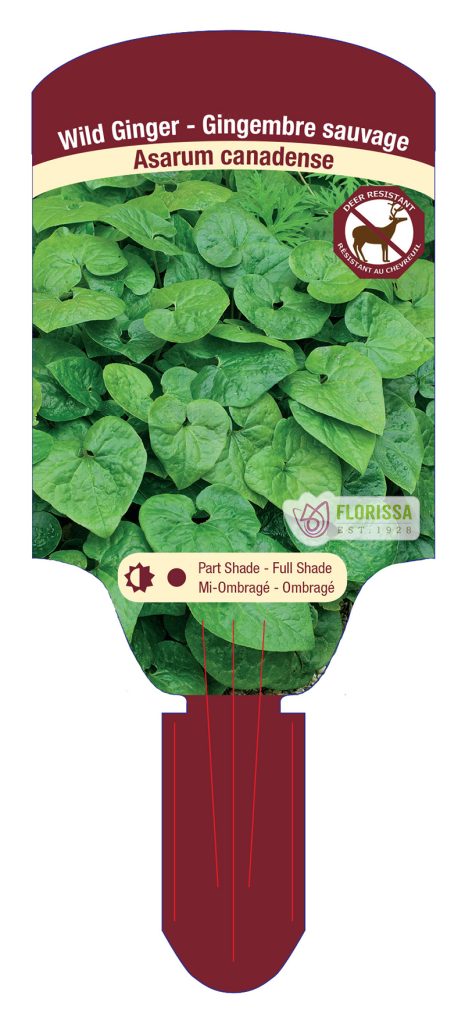
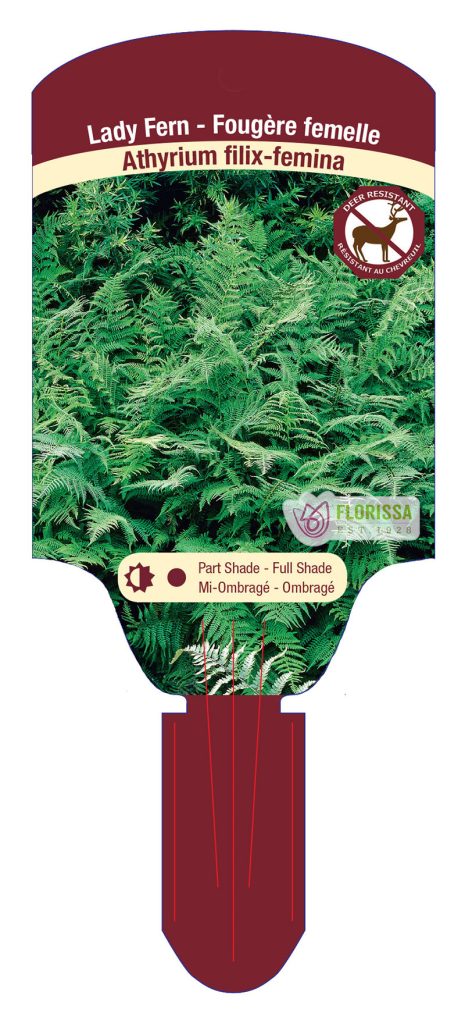
Gardening with native plants is more than just a trend; it’s a meaningful way to connect with the natural world and contribute to environmental stewardship. Native plants require less water, fertilizer, and maintenance, making them an eco-friendly option that can thrive in harmony with the local climate. By choosing native species, you can create a landscape that is beautiful and resilient supporting local wildlife and ecosystems. They play a critical role in preserving biodiversity, offering essential resources for pollinators and other wildlife. Embracing native plants in gardening practices fosters a deeper appreciation for regional flora and promotes sustainable gardening habits that can be enjoyed for generations.


